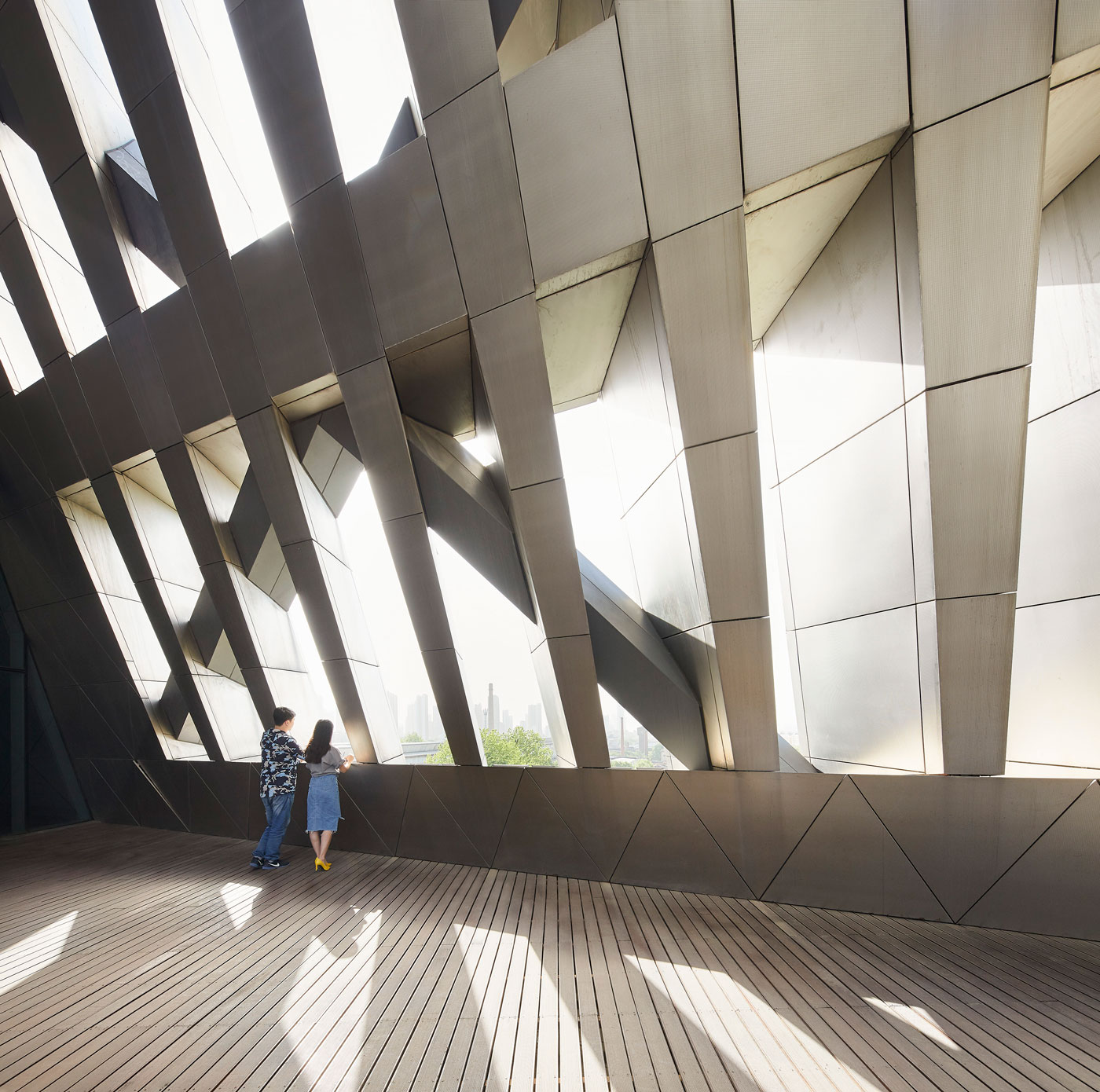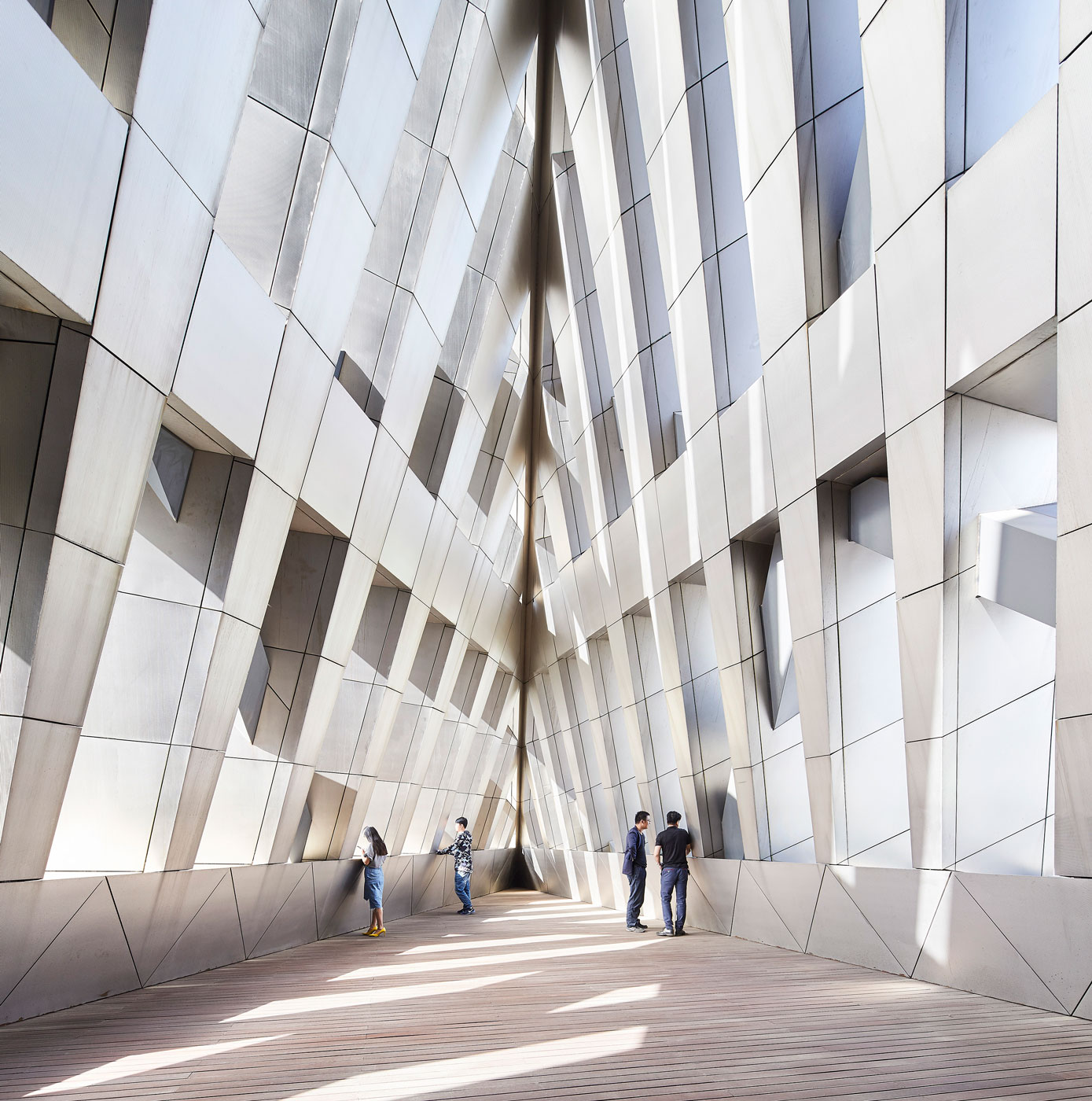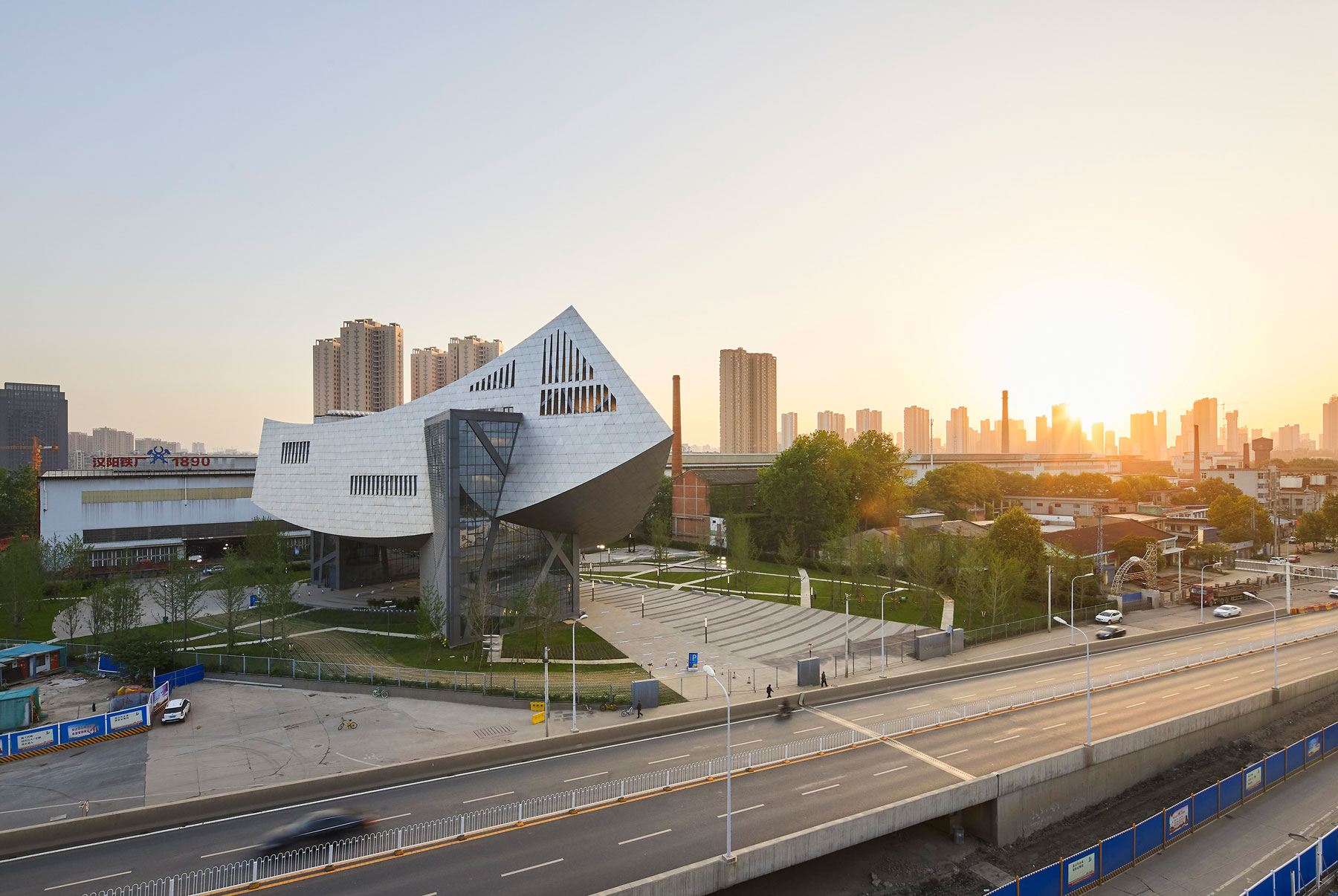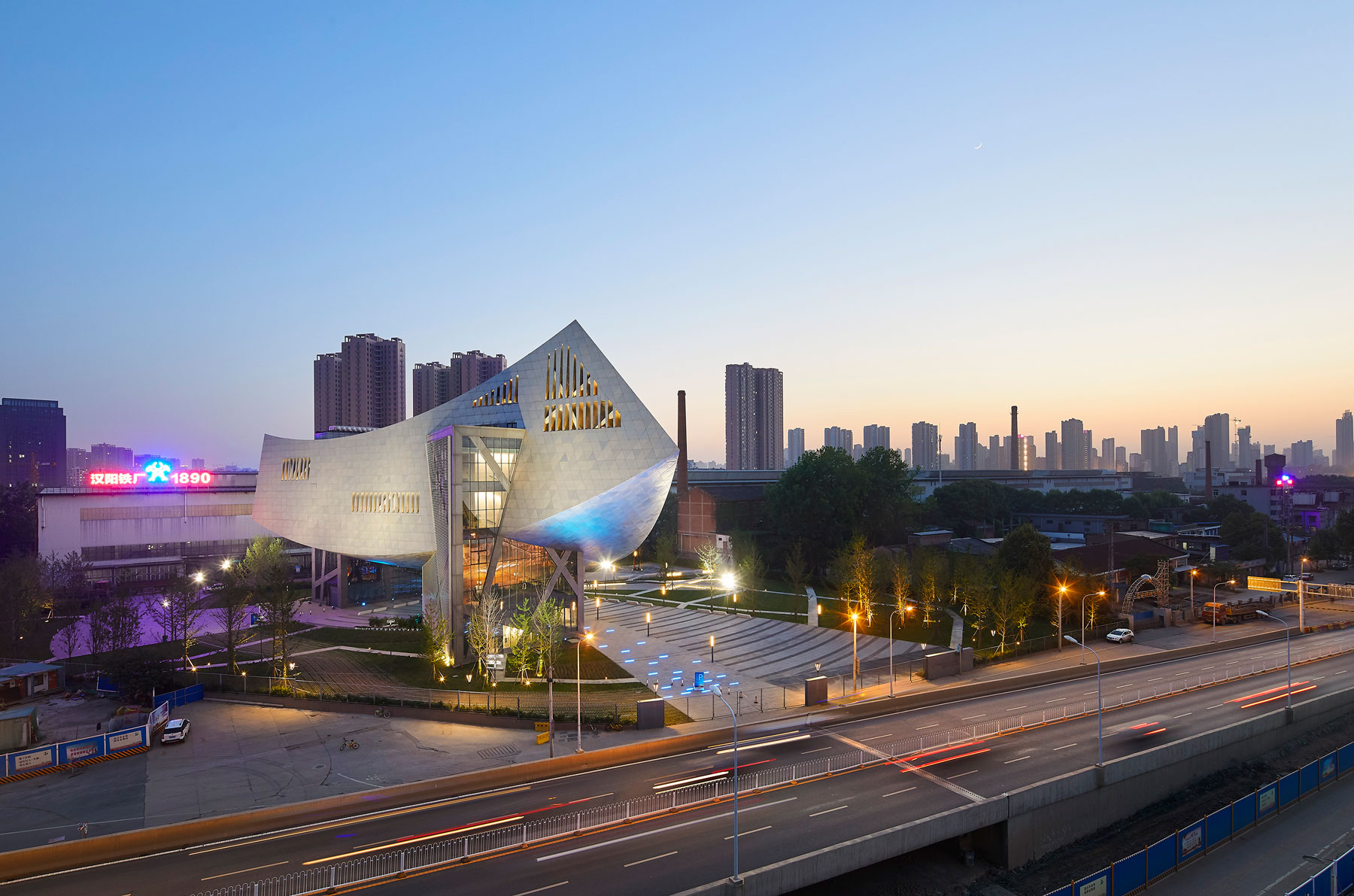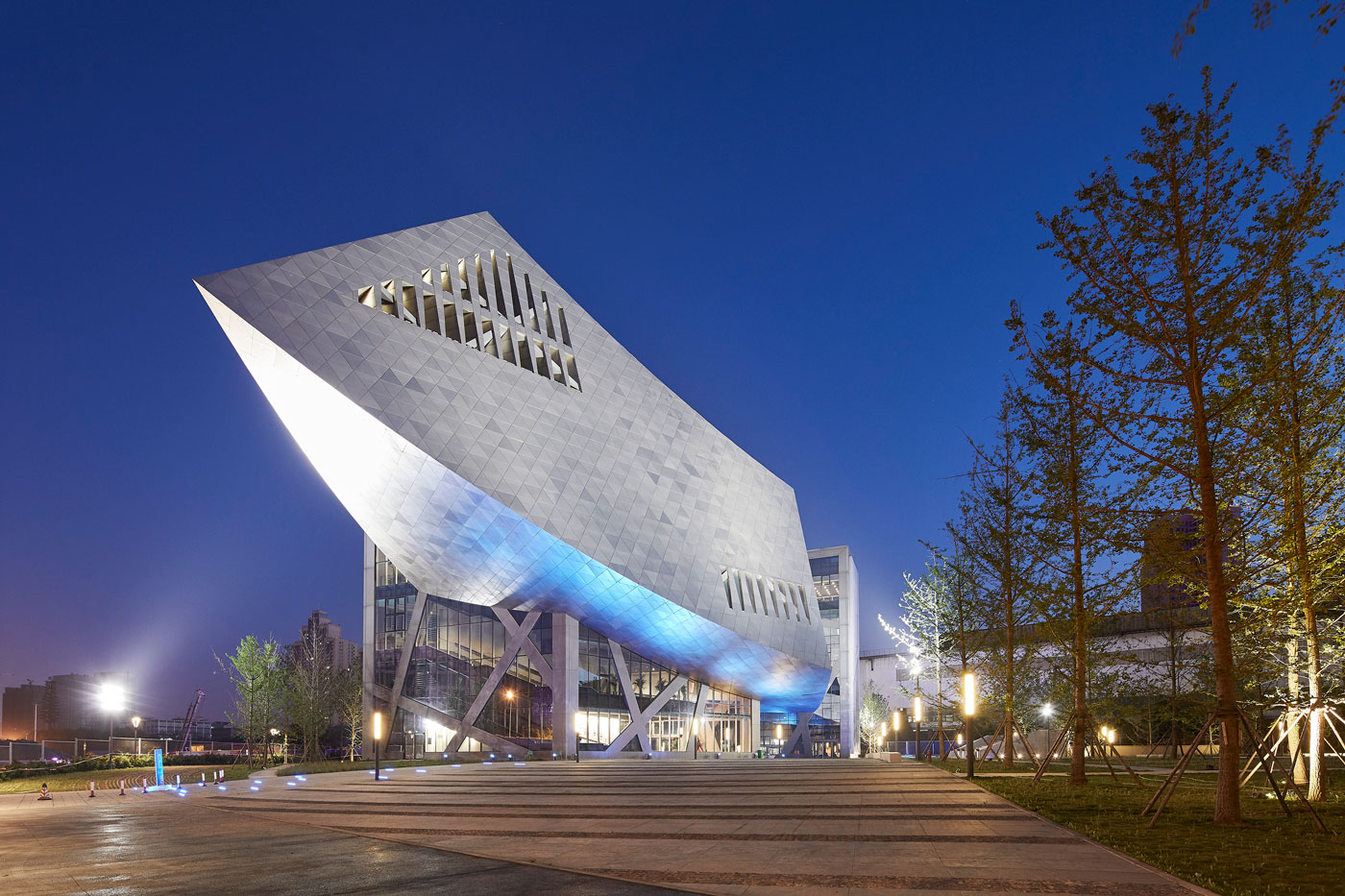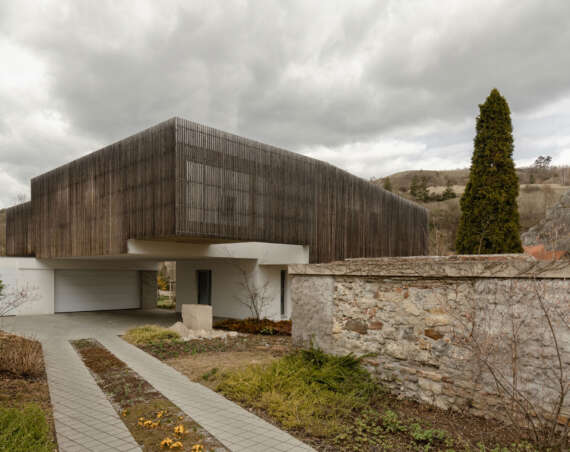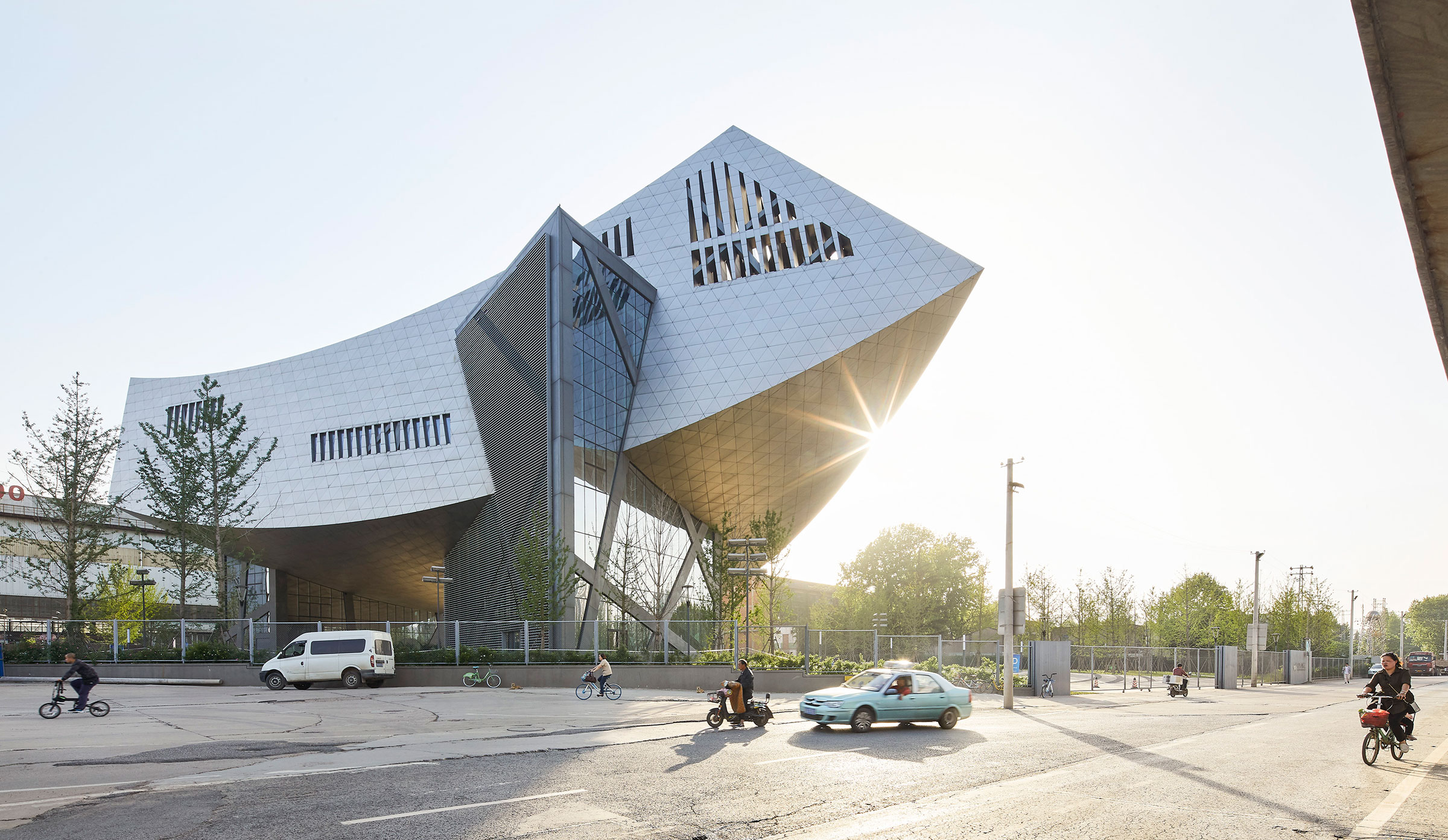
MUSEUM OF ZHANG ZHIDONG | STUDIO DANIEL LIBESKIND
Wuhan, China
From Studio Daniel Libeskind: Dedicated to Zhang ZhiDong, a prominent historical and local figure, who helped modernize Wuhan through the Industrial Revolution, the Museum of Zhang ZhiDong opened to the public this spring in collaboration with China Vanke and the City of Wuhan.
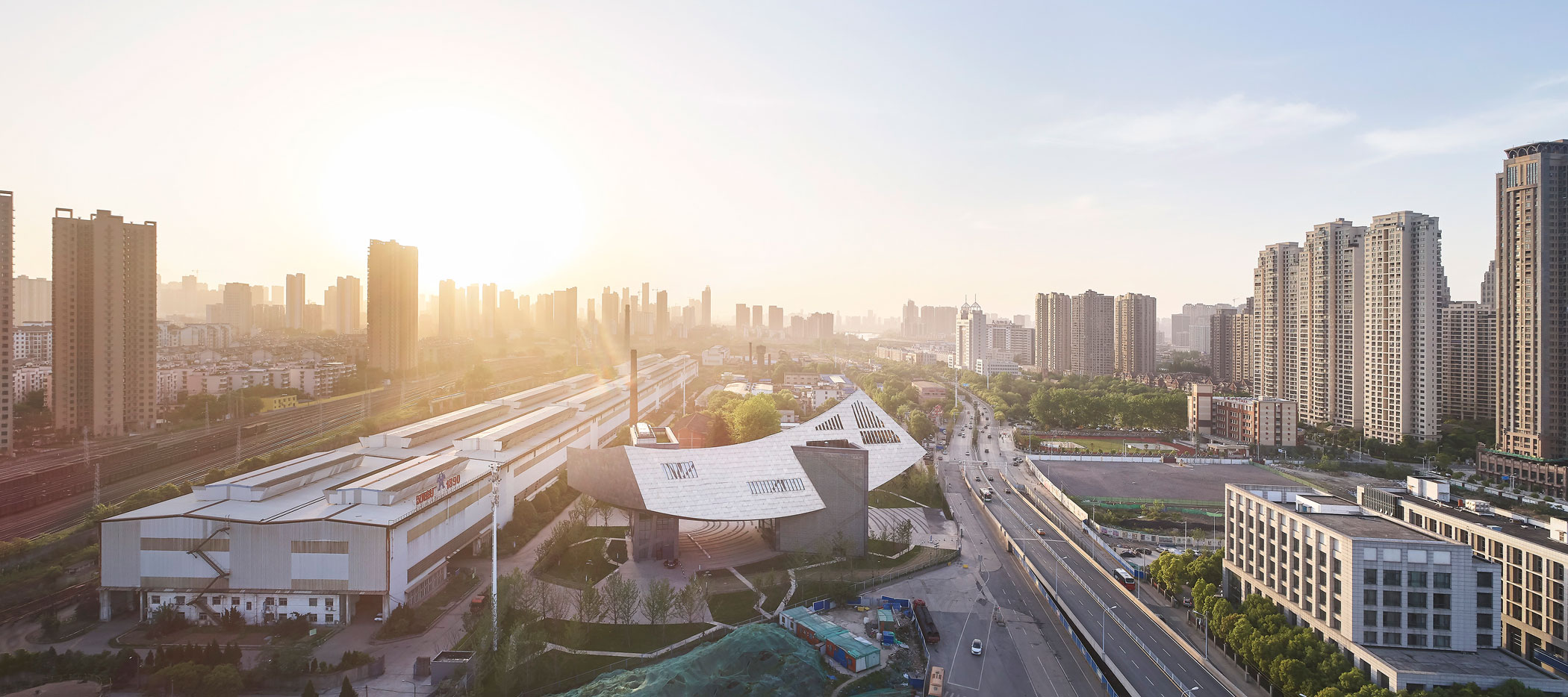
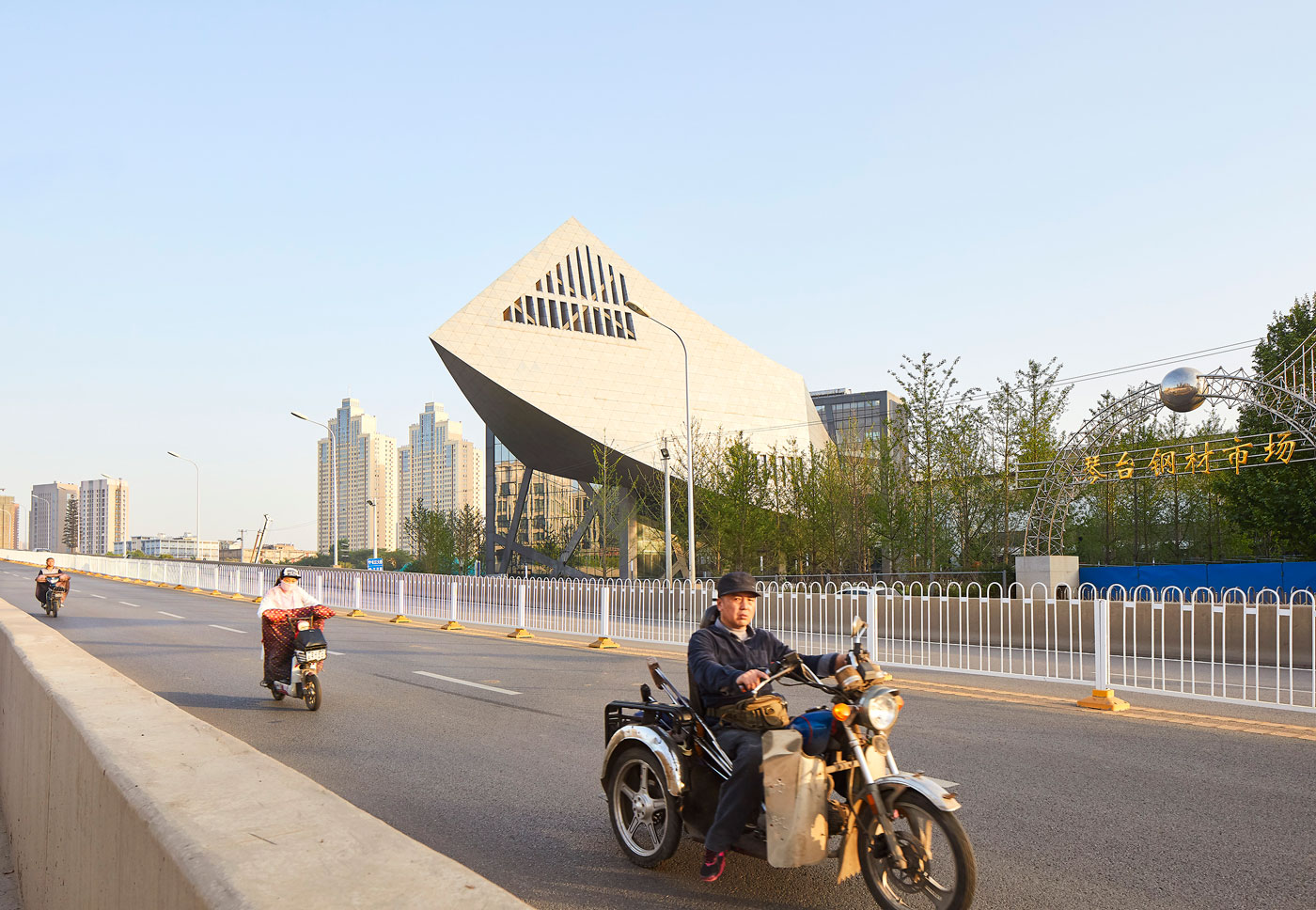
“For the Museum of Zhang ZhiDong, my goal was not to simply create another museum, but to give Wuhan and the region a new destination,” said architect Daniel Libeskind. “ By lifting the museum up, we were able to create a new public plaza while delivering to the city a world-class cultural institution that reflects the future and spirit of Wuhan,” added Libeskind.
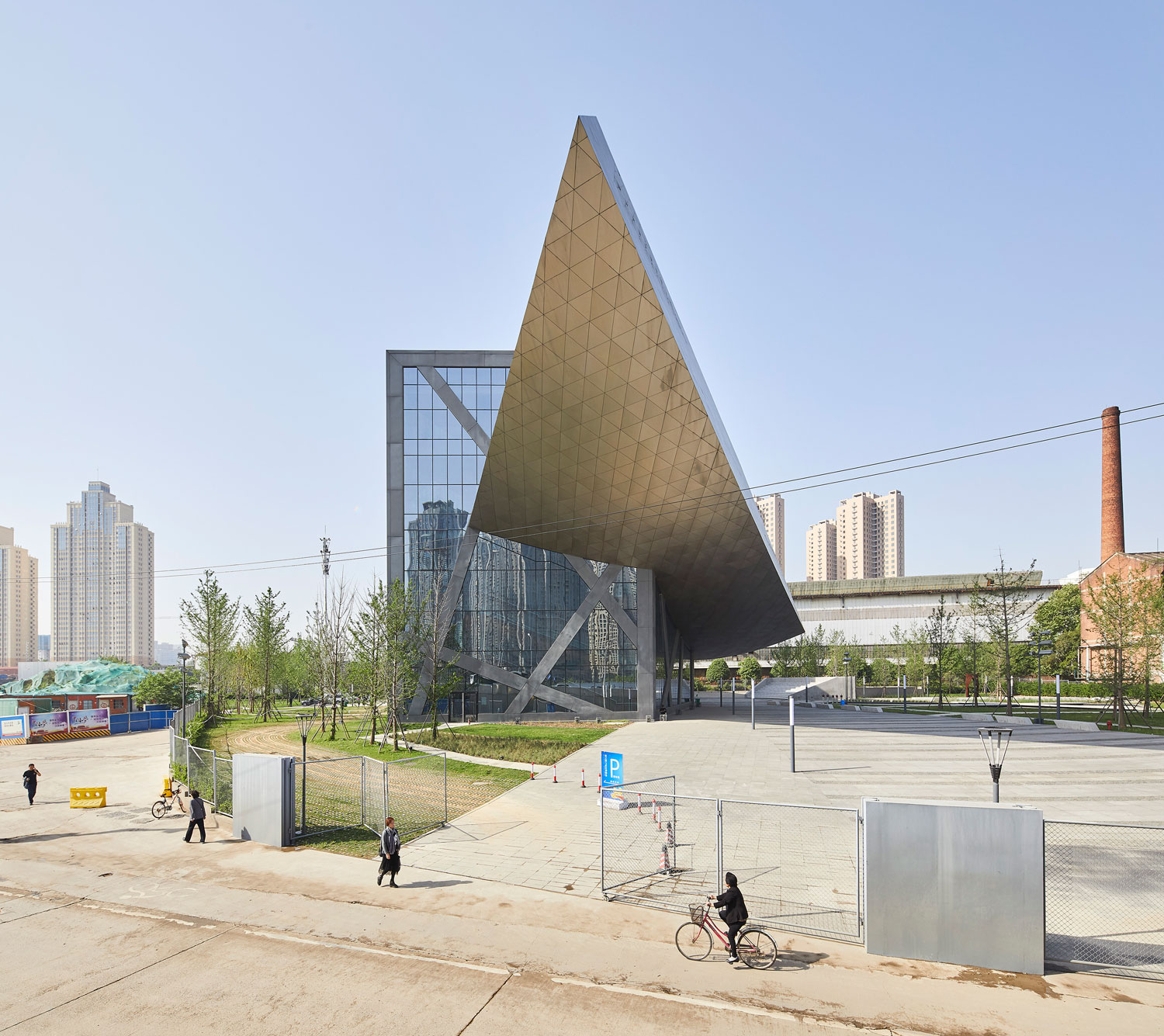
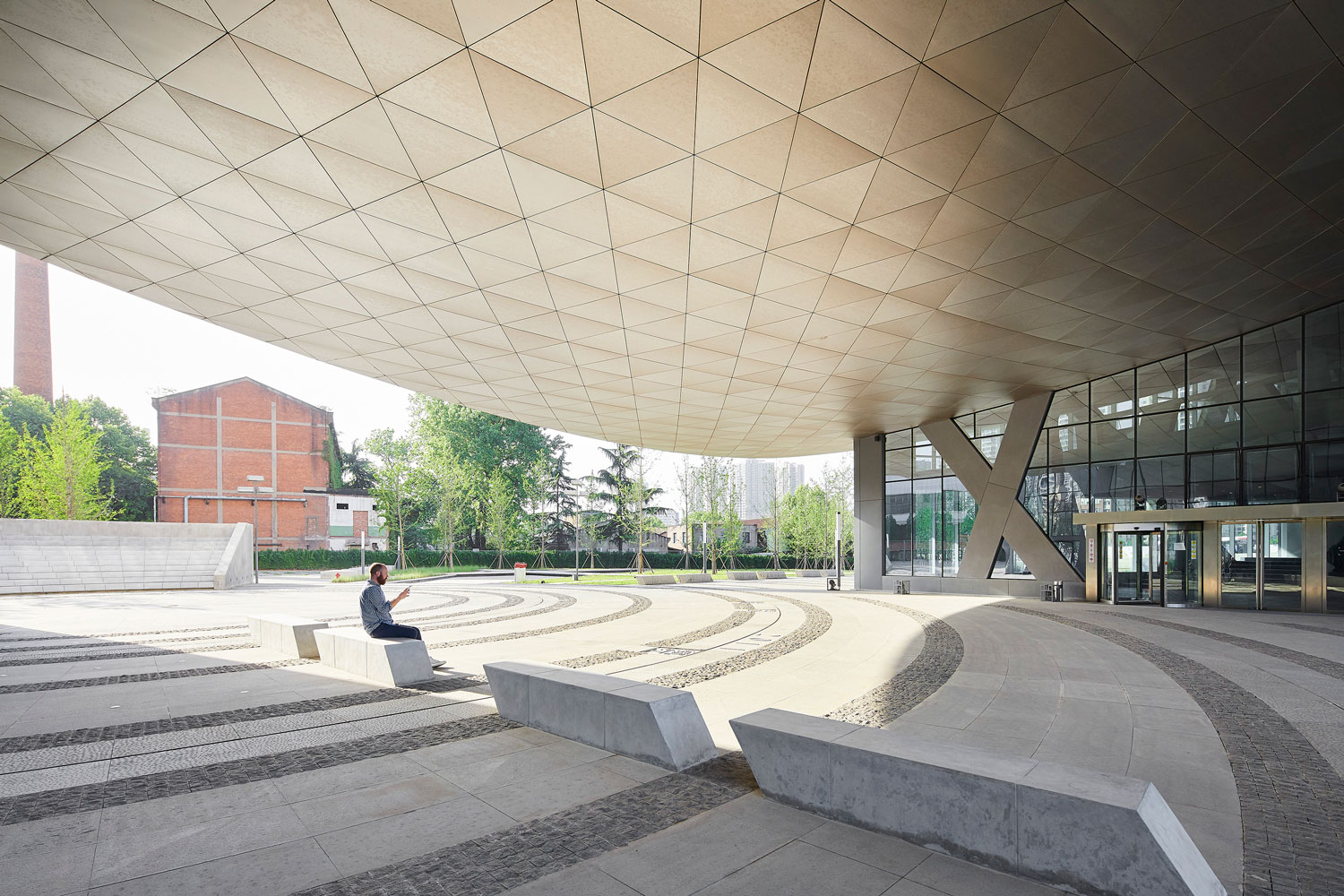
Located at the site of Wuhan’s old steelworks, the 77,930 sq. ft. (7240 sq. m.) museum is designed to recall the city’s industrial past while looking to the future. The gravity-defying form is clad in geometric steel panels that form the façade of the sweeping ark-like structure that is hoisted above the surrounding plaza by two steel and glass structures that house the entrance lobby, main stairs, museum store and library and administration offices.
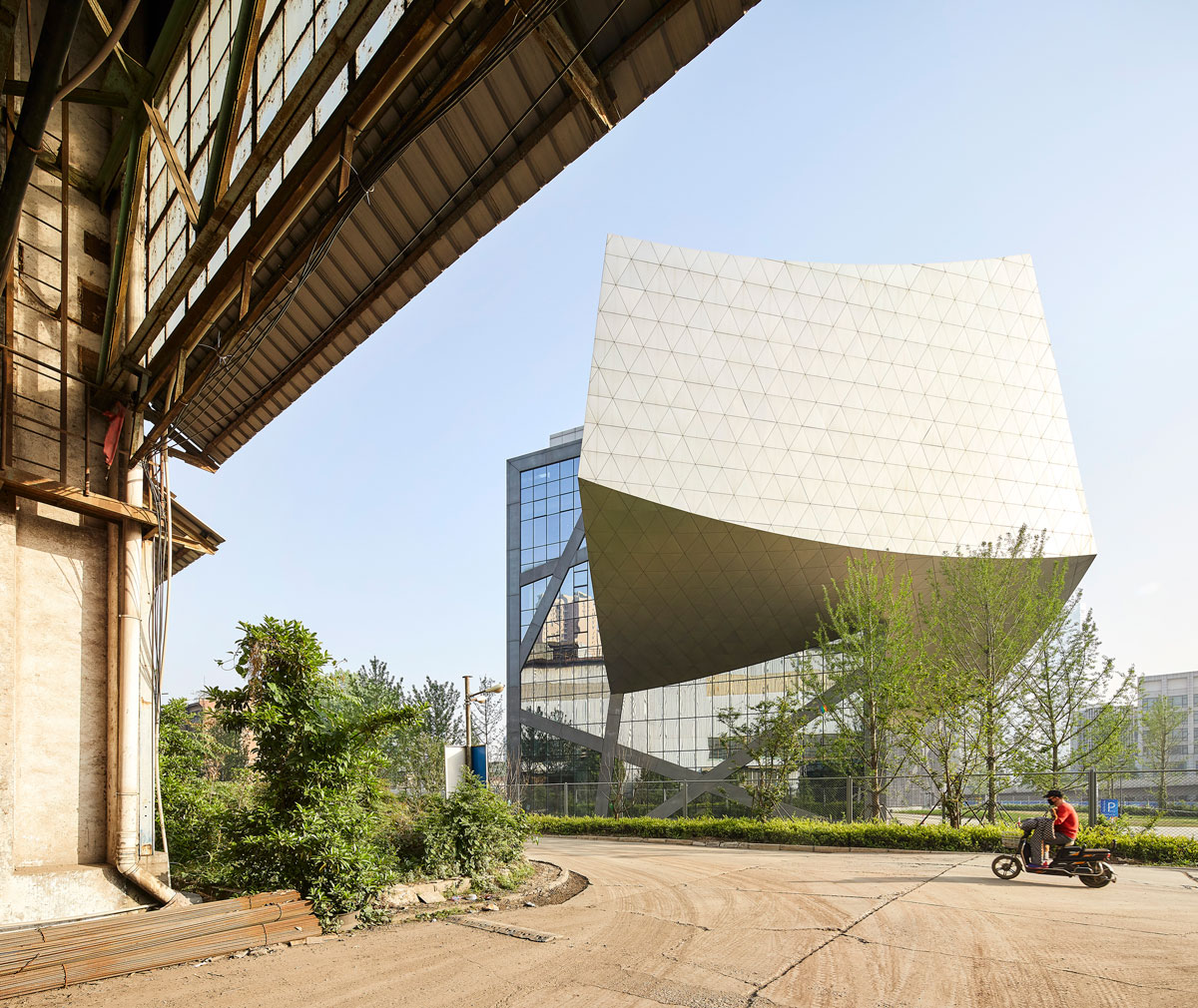
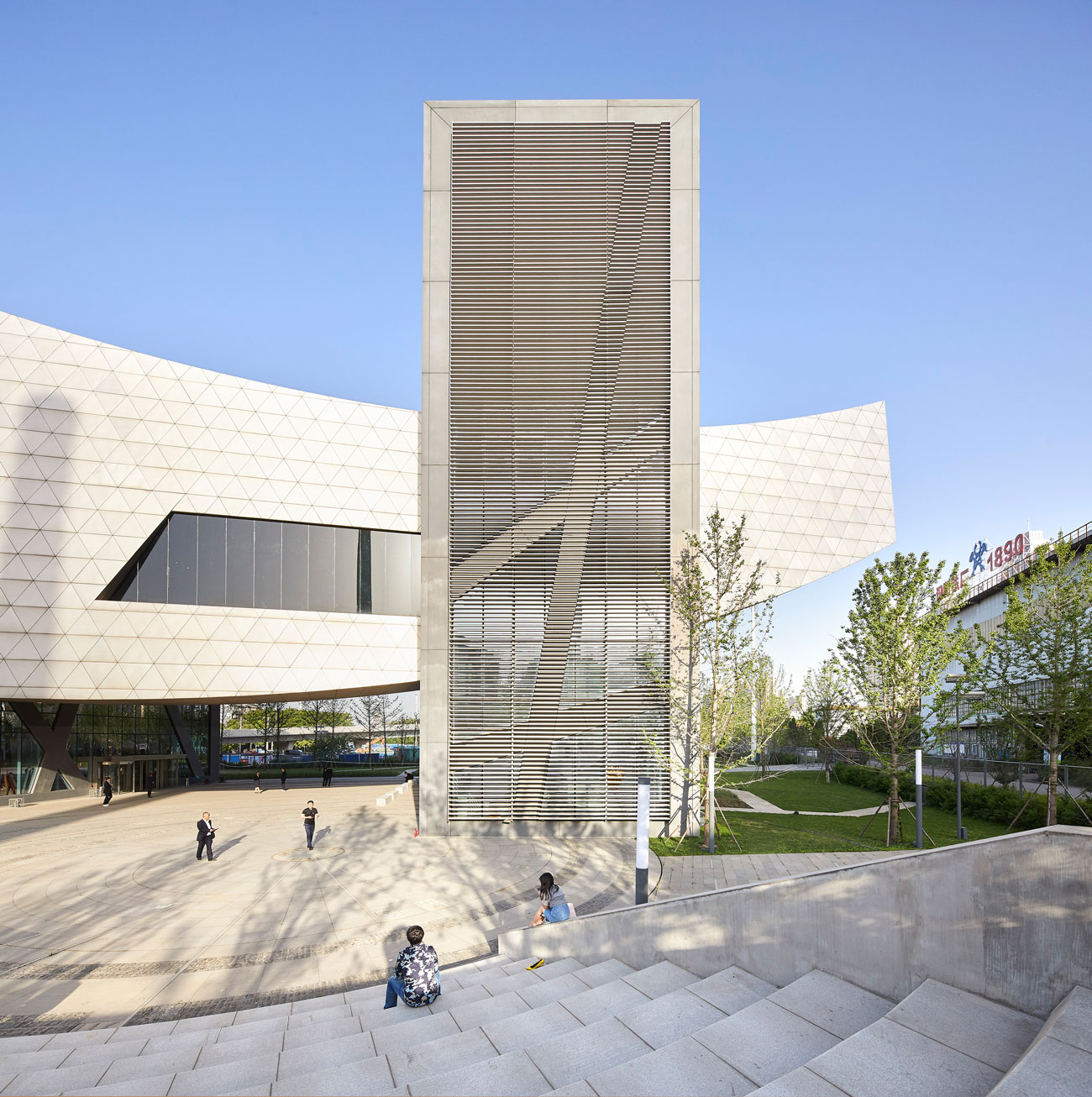
Once inside, visitors climb the main staircase that connects to the exhibition spaces above.
On the second floor, a semi-circular auditorium features an oculus that opens to reveal a panoramic view of the old steelworks next door. A central atrium connects the three levels while ushering natural light into the galleries. On the top floor, space is reserved for future temporary exhibitions.
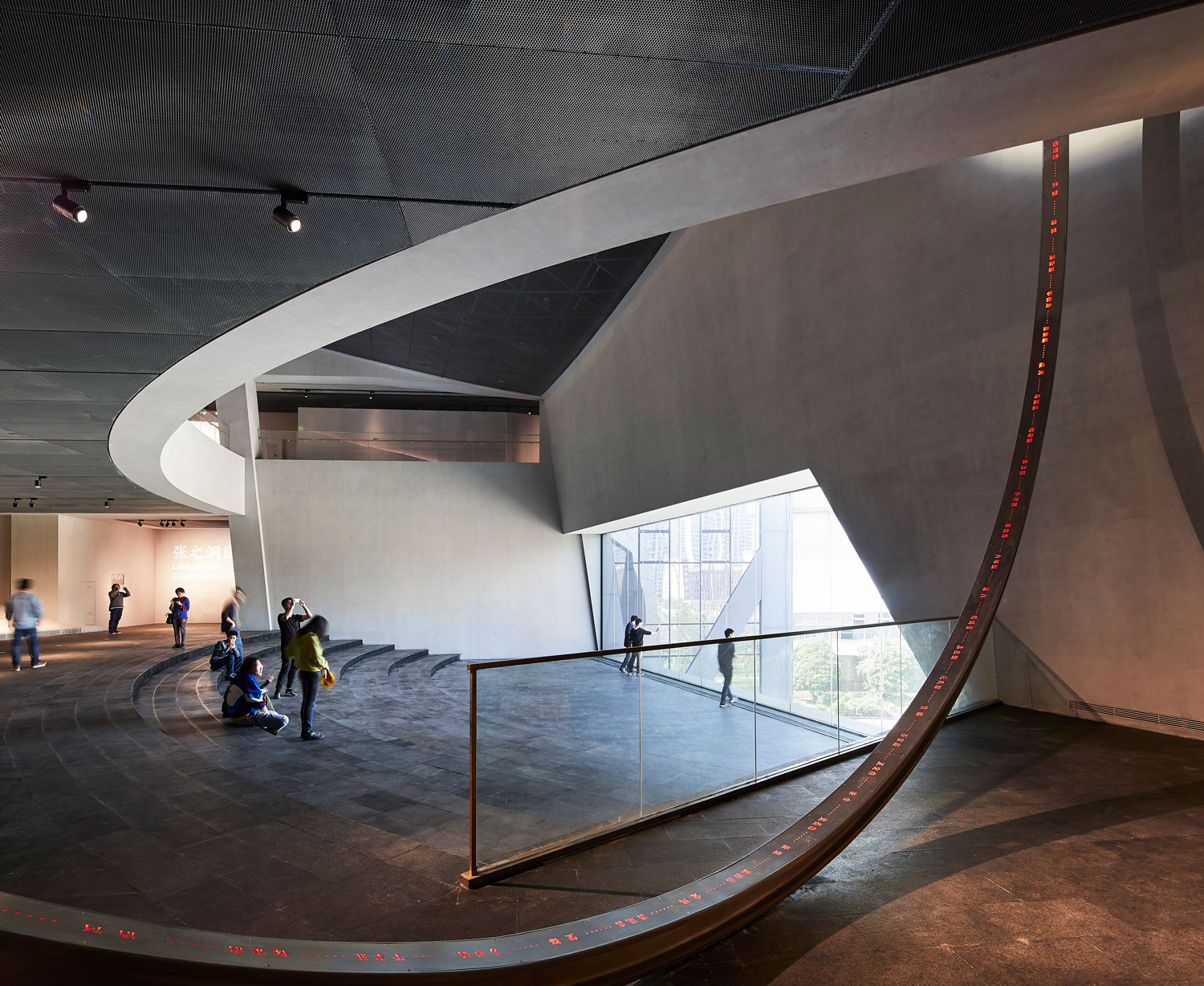
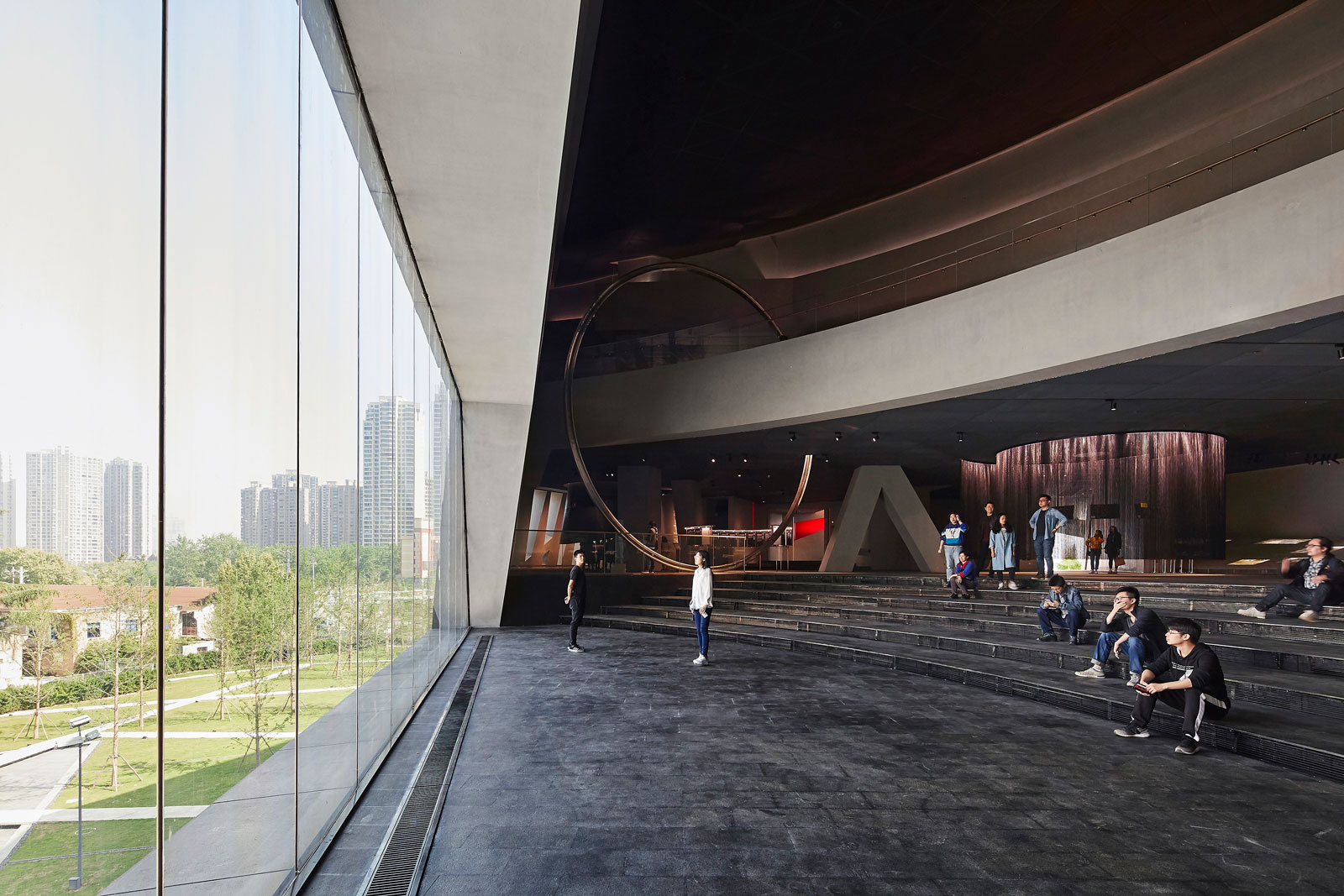
The exhibition spaces are divided into four themes around the life and contribution of Zhang Zhidong, designed by exhibition designer Diameter Narrative Design. The first theme is shown at the start of the exhibition and compares the contemporary and historical views of Zhang Zhidong. The remaining themes in the exhibition are: the innovative and forward-thinking ideas of Zhang Zhidong; the practical implementations of these ideas; and overall worldviews of Zhang Zhidong’s contributions to industrialism. The exhibition includes various collaborations with local artists who explore aspects of the differing themes through installations and interactive works of art.
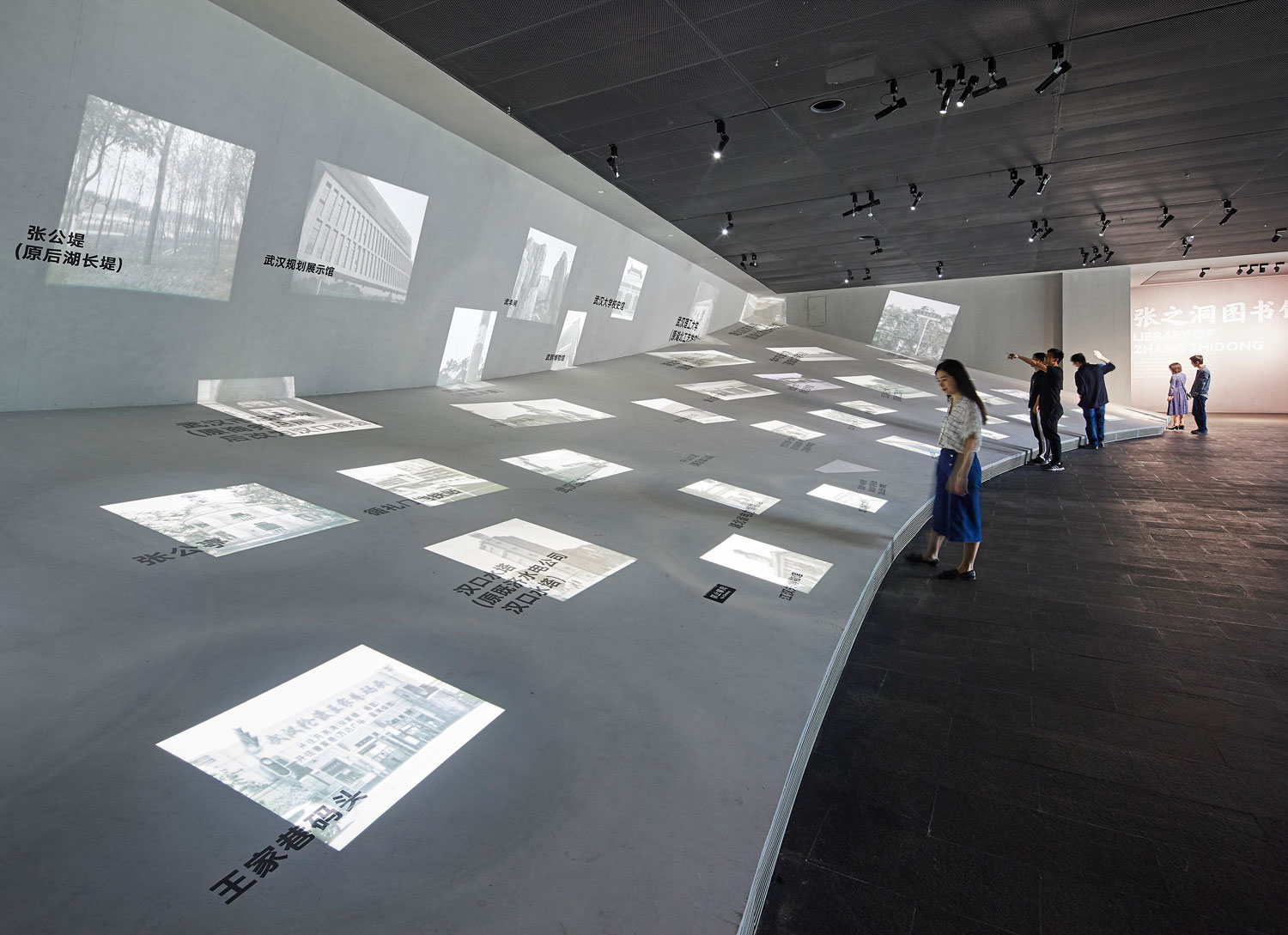
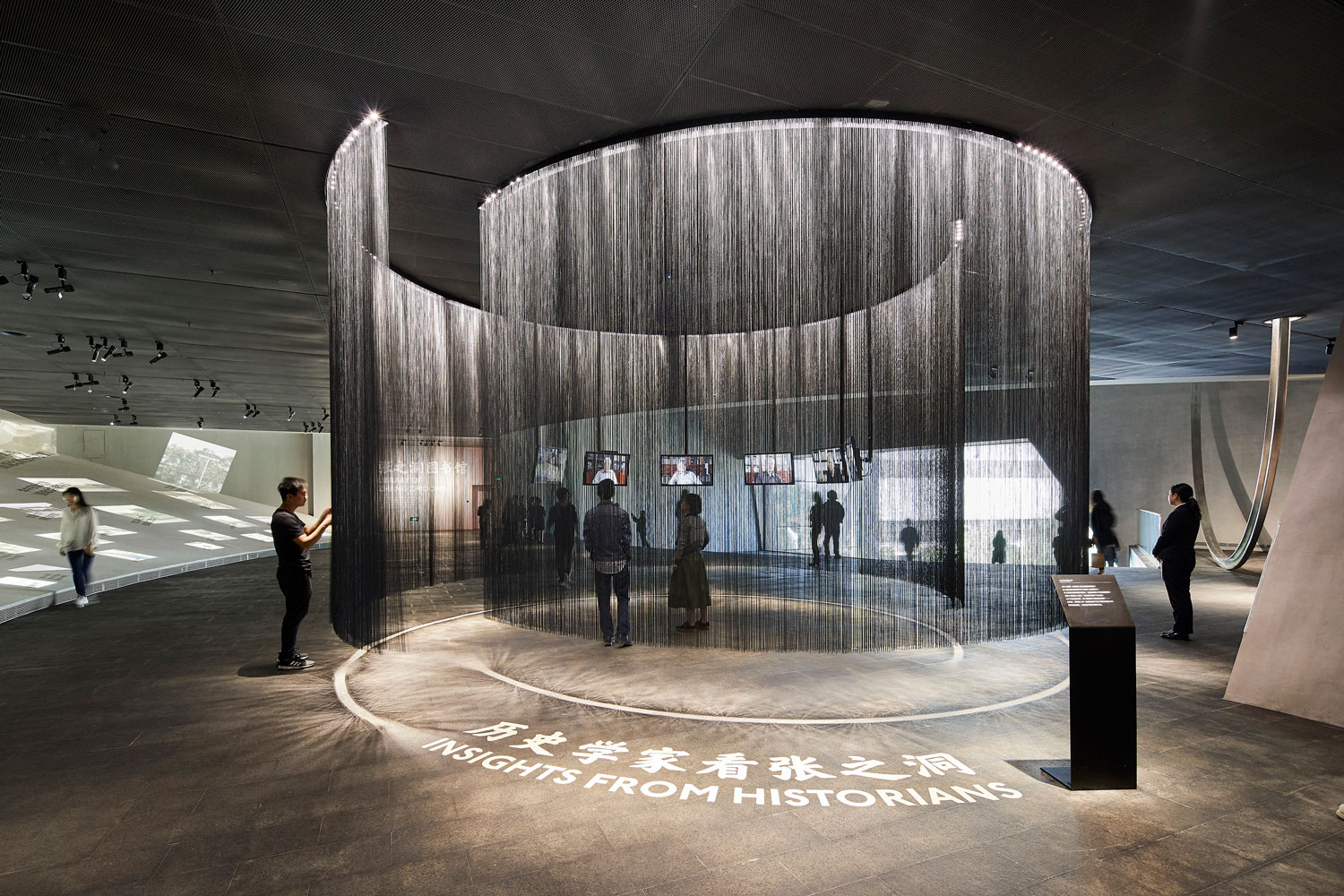
At the apex of the building, a lattice opening in the structure allows for views out towards the city of Wuhan. The landscaped areas below and surrounding the museum emphasize radiating lines and rings. The plaza features a nautical dial pattern with China’s major cities including Wuhan that is inscribed into the paving. The hardscape uses local stone materials mixed with salvaged stone and brickworks from site demolition.
